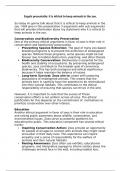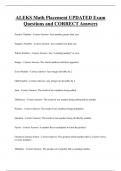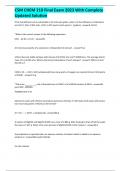Other
aqa alevel biology energy transfer in and between organisms
- Institution
- AQA
the complete revision guide to unit 5 to use alongside your notes and practice questions. There is mini checklist included which match the specification and notes underneath
[Show more]












